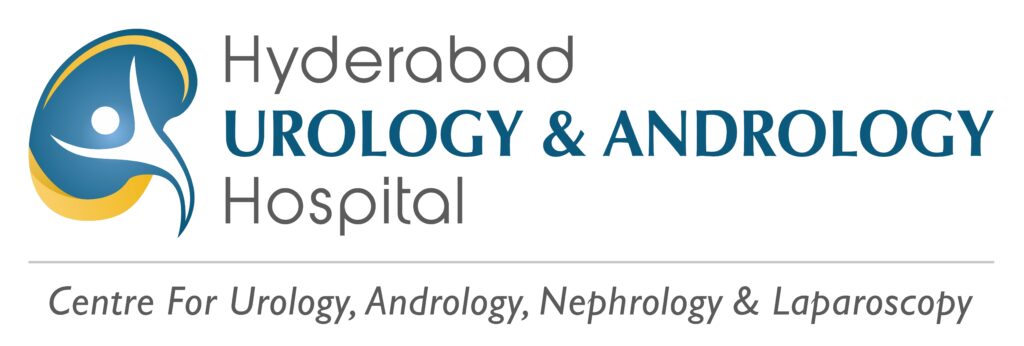As a parent, deciding on whether or not to choose circumcision for your child is significant. This guide aims to provide an unbiased and thorough understanding of circumcision through its cultural, medical, and ethical angles. By exploring these aspects, parents can be better informed, helping them to make decisions that align with their values and their child’s best interest. Circumcision is a sensitive subject, so it’s important to view it from all sides before making a choice.
Circumcision is not just a medical procedure; it is steeped in cultural and historical significance. Across different societies, circumcision can represent religious dedication or a rite of passage. For instance, in Judaism, circumcision is a covenant symbol, performed on the eighth day after birth. Similarly, many Islamic communities also practice circumcision, often seeing it as a purification ritual.
In modern society, the decision to circumcise often incorporates a mix of cultural heritage, medical advice, and personal beliefs. This blend of reasons makes it essential for parents to understand the cultural backdrop that might influence their decision on circumcision.
The Medical Procedure: What Parents Need to Know?
When considering circumcision, understanding the medical procedure is critical. Circumcision typically involves the surgical removal of the foreskin from the penis. It is a simple procedure often performed shortly after birth.
Here’s a step-by-step overview:
The baby is placed in a special cradle to keep them still.
An anesthetic is applied or injected to numb the area and minimize discomfort.
The foreskin is gently pulled away and removed.
Different types of anesthetic options are available to ensure your child feels as little pain as possible. Topical creams or local injections are commonly used and are generally safe.
When planning for your baby’s circumcision, consider these key points:
Ensure the surgeon is experienced and reputable.
Understand aftercare instructions thoroughly.
Discuss any potential risks with your healthcare provider.
By taking these steps, parents can ensure a smooth and informed experience while considering circumcision.
Health Benefits and Considerations of Circumcision
There are health factors associated with circumcision that parents should weigh. Certain studies suggest circumcision might reduce the risk of urinary tract infections (UTIs) in infants and lower the risk of sexually transmitted infections (STIs) later in life. It may also help with easier hygiene management.
Aside from health benefits, social and cultural motivations often influence the choice for circumcision. For some families, aligning with community norms or religious practices is just as crucial as health considerations.
Ultimately, it is important for parents to blend these health and cultural views to reach a circumcision decision that feels right for their family.
Assessing Risks and Aftercare Following Circumcision
Like any procedure, circumcision has its risks. Immediate risks include bleeding and infection, though these are rare with proper medical care. Long-term complications might involve a decrease in penile sensitivity or dissatisfaction with the cosmetic result.
Effective aftercare is crucial to ensure a smooth healing process. Here’s a brief guide:
- Keep the area clean and dry; apply recommended ointments if needed.
- Change diapers frequently to prevent irritation.
- Look for signs of infection like redness, swelling, or pus.
Being vigilant about these signs is key to avoiding complications after circumcision. Consulting with a pediatrician if any issues arise ensures prompt care and peace of mind.
For expert information and consultations regarding circumcision, consider Hyderabad Urology and Andrology. By considering these aspects thoughtfully, parents can make more informed and empathetic decisions regarding circumcision for their child.



